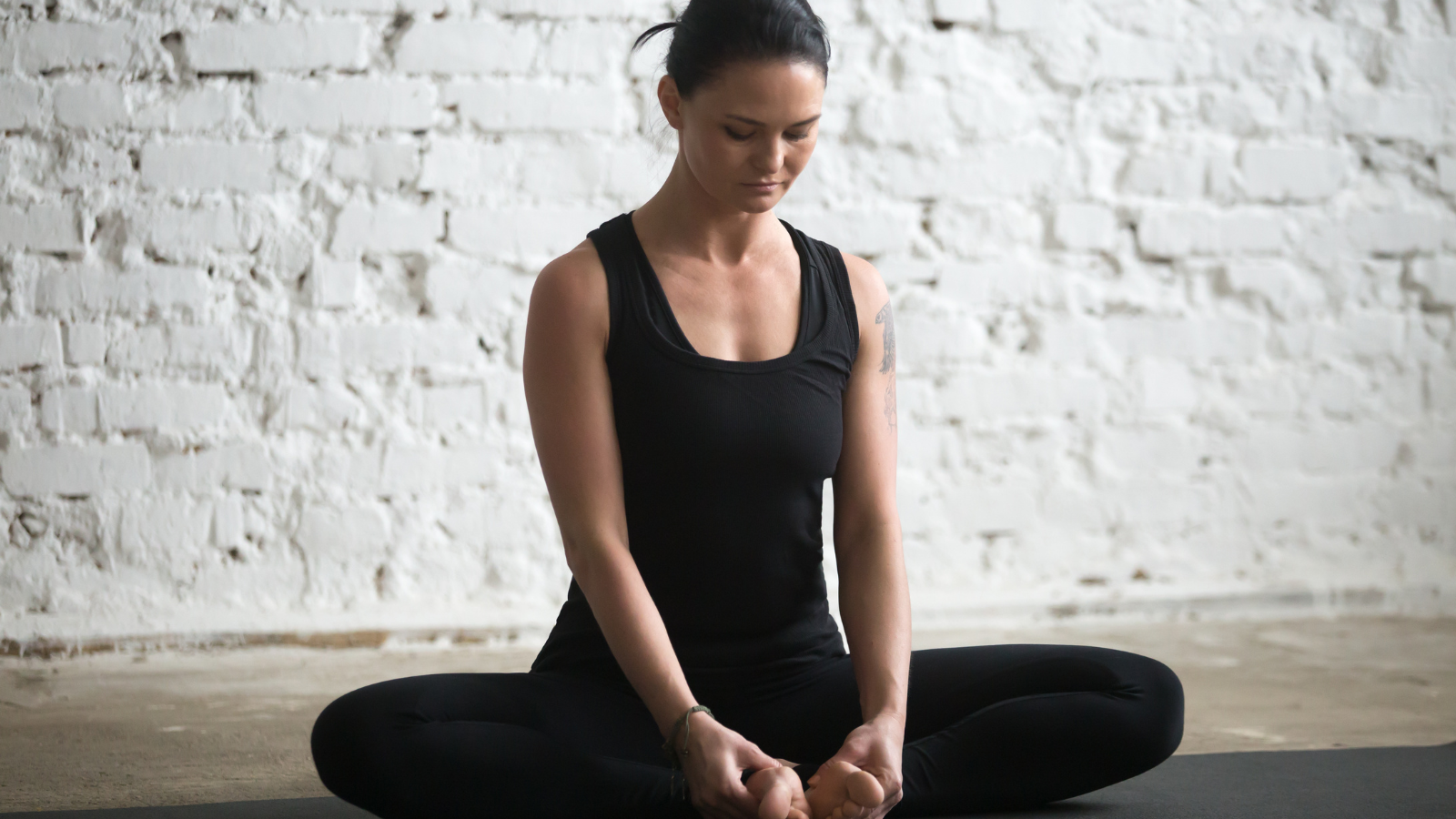5 Practices to Build Your Resilience

Article At A Glance
Resilience is the ability to rebound from a crisis, tragedy, trauma, or serious case of “stress mess.” Research says resiliency varies from person to person due to a variety of factors, but like any skill, resiliency can be learned. Highly resilient people won’t fall apart easily, and when we do (’cause we will!), it won’t be for long. Building resilience can help you carry your load. That’s because resilient people tend to share several common characteristics. We:
- Cultivate self-awareness
- Practice self-care
- Know how to handle emotions
- Keep calm in stressful situations
- Practice gratitude
Resilience is like a muscle that can be strengthened, and self-awareness is the way to help you do exactly that. Here are 5 tips to help you strengthen your resiliency muscle.
 “It’s not the load that breaks you down; it’s the way you carry it.”
“It’s not the load that breaks you down; it’s the way you carry it.”
~ Lena Horne
5 Ways to Build Resilience
1. Body Stretch
Energize and de-stress your physical body. I recommend doing this exercise before getting out of bed in the morning.
- Stretch and wiggle your fingers and toes.
- Roll your wrists and ankles in little circles in one direction and then in the other.
- Inhale as you raise your arms overhead and stretch your whole body.
- Roll onto one side and stretch or twist in any way you like.
- Roll onto your other side and stretch or twist in any way you like.
- Roll onto your back.
- Bring both knees to your chest. If that is uncomfortable, open the knees toward the armpits (right knee to right armpit, left knee to left armpit.)
- Place your hands behind the thighs or below the knees, gently press and hold for a few breaths.
- Release your knees. Find a comfortable position and relax until you are ready to move.
2. Body Scan to Build Resilience
Tune into your body’s sensations and listen to its messages. You can practice this right after the Body Stretch or on its own anytime it’s needed.
1. Begin by directing your attention to one body part after the other, looking for sensations, feelings, and areas of the body that feel tight, tense, open, etc. Most scans tend to start with the feet and work upward, but this can be done in any order that is most comfortable and accessible to you. Find a comfortable position, seated, standing, or lying down, and bring your awareness to your:
- Feet – – – toes, – – – tops of your feet – – – – bottoms of your feet
- Heels – – – ankles – – – lower legs – – – -knees – – – upper legs
- Belly – – – low back- – – rib cage – – – mid back – – – chest – – – upper back
- Shoulders – – – neck – – – head
- Neck – – – shoulders – – – – arms – – -hands – – fingers.
- Sense your whole body. Notice any sensations or messages your body is sending you. Accept what you notice with compassion and without judgment.
- When you feel complete, take a few long deep breaths, stretch your body in any way the body wants to stretch, and continue with your activities.
3. The Check In
Checking in with yourself from time to time during the day helps you take appropriate action to what you sense and feel.
For example, if you:
- Pay attention to your mouth, and you may find sensations of dryness that can be addressed by drinking a glass of water.
- If you notice your focus and attention faltering, take a break to rest and stretch instead of pushing through.
- If you notice that your breathing is shallow and centered in your chest, you can try Relaxation Breathing.
- Sit comfortably. Close your eyes or if you choose to keep them open, soften your gaze and look down toward the floor.
- Inhale normally.
- When you exhale, hold your breath out and silently count, one thousand one, one thousand two.
- Repeat and continue for 2 to 3 minutes or longer.
This breathing technique automatically brings awareness to the breath, slows the rate of breathing, and lengthens the exhalation, which calms the nervous system.
4. Grounding to create Resilience
To keep a sense of calm during stressful situations, try Grounding, which can be thought of as both a quality and a practice. As a quality, it’s a goal to work toward. As a practice, it’s a way of connecting yourself to Earth energy—a symbol of stability, safety, and security. Here’s one way to experience this:
 Turtle-in-the-Shell (Adhi Mudra) is a yoga mudra, a gesture for your hands that promotes a sense of safety, security, and stillness.
Turtle-in-the-Shell (Adhi Mudra) is a yoga mudra, a gesture for your hands that promotes a sense of safety, security, and stillness.
- Make soft fists by folding your fingers (the turtle’s shell) over your thumbs.
- Rest your fists on your thighs with the back of your hands facing up.
- Breathe normally.
- Hold for two minutes or longer if you are comfortable.
This is one of my favorite grounding practices, and I often visualize myself sitting in a terra cotta pot with my lower body surrounded by rich garden soil.
5. Find Your ‘G’ Spot
Gratitude is defined as being thankful and appreciative for something or someone. Research shows that gratitude can activate the production of dopamine and serotonin in the brain. These “feel good” chemicals promote feelings of peace and contentment, reduce anxiety and enhance sleep patterns. A gratitude practice provides these benefits despite challenges, difficulties, and disappointments.
Some things to be grateful for:
- The beauty of a sunset
- Your yoga practice
- The basics of life: breath, food, shelter, optimal health, relationships, work, etc.
To be grateful is a form of emotional intelligence that builds resilience. Experts recommend building your capacity for resilience before facing difficult situations so you’ll have your go-to tools at the ready. Good luck building your resilience!
Also, read...
Fascia and the Vagus Nerve: Healing from the Inside Out
What Your Body Tells You Can Protect You From Stress, Study Suggests
Related courses
Breath as Medicine: Yogic Breathing for Vital Aging
Yoga and Myofascial Release: Releasing Chronic Tension with the Bodymind Ballwork Method
Yoga and Detoxification: Tips for Stimulating Lymphatic Health

Beth Gibbs, MA, is a faculty member at the Kripalu School of Integrative Yoga Therapy. She holds a master’s degree in Yoga Therapy and Mind/Body Health from Lesley University in Cambridge, MA. She is the author of Soul Food, Life-Affirming Stories Served with Side Dishes and Just Desserts, Enlighten Up! Finding Clarity, Contentment, and Resilience in a Complicated World and Ogi Bogi, The Elephant Yogi, a therapeutic yoga book for children. Beth is an experienced workshop leader and public speaker. She blogs at bethgibbs.com







